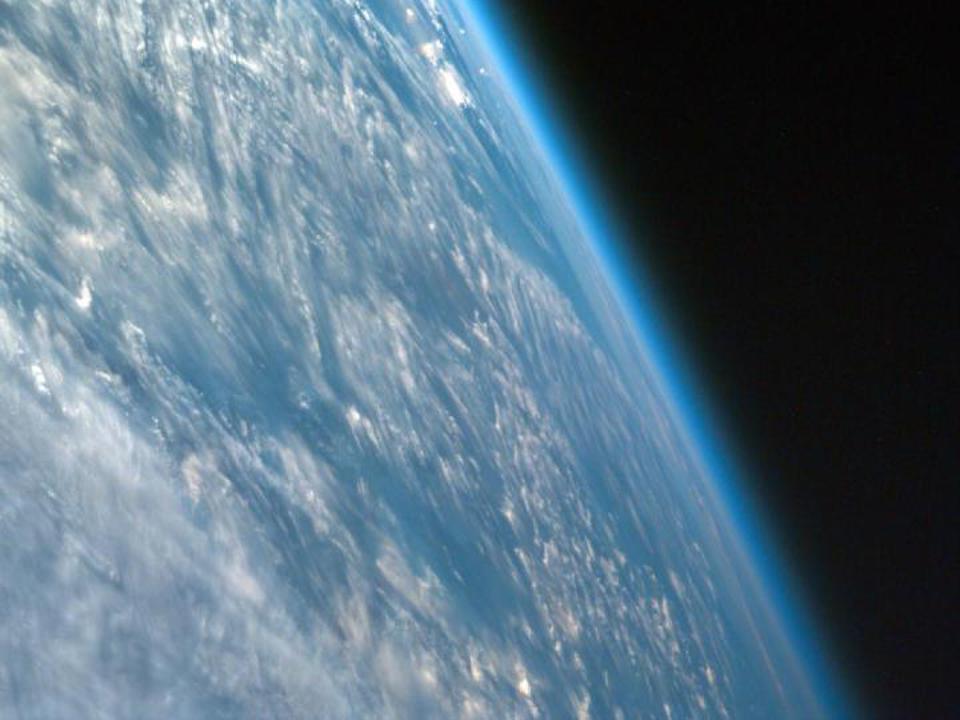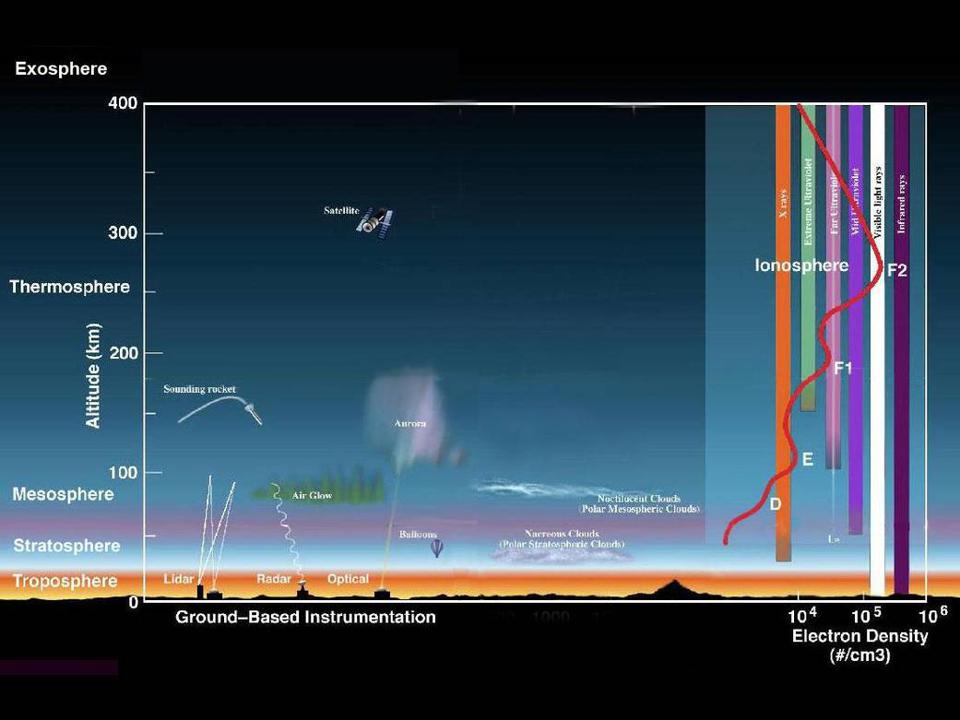Yes The Sky Is Real And Sadly This Is Not A Satire Article
While much of the attention last week was on space lasers, something else caught my eye. Do you remember the Wisconsin pharmacist who destroyed over 500 doses of critical COVID-19 vaccines? According to the Washington Post, this pharmacist also believes the Earth is flat. Unfortunately, other people do too even as that has been debunked repeatedly. There was something tucked away in the same article that triggered one of the biggest eye rolls of 2020 for me. Andrea Salcedo wrote, “In another interview with authorities, Sticker said Brandenburg sent her text messages promoting false beliefs he supported, including that the sky was not really the sky but a ‘shield put up by the government to prevent individuals from seeing God,’ court records show.” I never envisioned writing this, but let’s discuss why the key sky is real.

The blue layer is the atmosphere of Earth.
NASA
When defining something, I usually like to start with the dictionary. Merriam-Webster Online dictionary defines the sky as, “the upper atmosphere or expanse of space that constitutes an apparent great vault or arch over the Earth.” The first definition at Dictionary.com says the sky is, “the region of the clouds or the upper air; the upper atmosphere of the Earth.” We look up at the sky all of the time but honestly may never think about its actual definition.
As an atmospheric sciences professor, I often ask students, “How high is the sky?” This question gives me an opportunity to explain the atmosphere of the planet and its transition to space. If we operate from this perspective, the thickness of Earth’s atmosphere varies from about 60 to 6000 miles, depending on how you frame the answer (see discussion below). In the picture above, the thin blue layer is seems like the skin of an onion compared to the planet beneath it, which has a diameter of approximately 8000 miles.

Layers of the atmosphere
NASA
Weather, the ozone layer, and many other interesting things are found within this relatively thin layer. According to NASA’s website, the atmosphere is broken into 6 distinct layers (graphic above):
MORE FOR YOU
- The troposphere extends from the Earth’s surface to roughly 5 to 9 miles (8 to 14.5 km) high. It is the layer of the atmosphere most of us will spend our entire lives within. It also contains most weather processes and density.
- The stratosphere is the next region, and it stretches 31 miles (50 km) high. It contains the critical ozone layer that protects us from harmful ultraviolet (UV) radiation from the sun.
- The mesosphere extends another 53 miles (85 km) above the stratosphere and is where many meteors meet their demise.
- The thermosphere can extend 372 miles (600 km) above the mesosphere and may feature the Aurora “light show.”
- The ionosphere is a layer of ionized particles stretching from the surface to the edge of space. Radio communications are possible because of this layer.
- The exosphere is the layer before the transition to space and extends from the top of the thermosphere an additional 6,200 miles (10,000 km).
My discussion of the sky has been rather “Earth atmosphere-centric” given the aforementioned definitions. However, it is worth mentioning that other perspectives are possible. According to q-files.com, their answer to “How high is the sky?” might be framed from the perspective of a broader context. The website points out, “Yet another answer is the distance of the stars we can see in the night sky.” Many of these objects are measured in terms of light years.
In a world of wacky conspiracy theories, the science assures us that the sky is real even as how we define its upper boundary may vary.

IN SPACE – APRIL 10: In this handout photo provided by the National Science Foundation, the Event … [+]
Getty Images
*** This article has been archived for your research. The original version from Forbes can be found here ***

